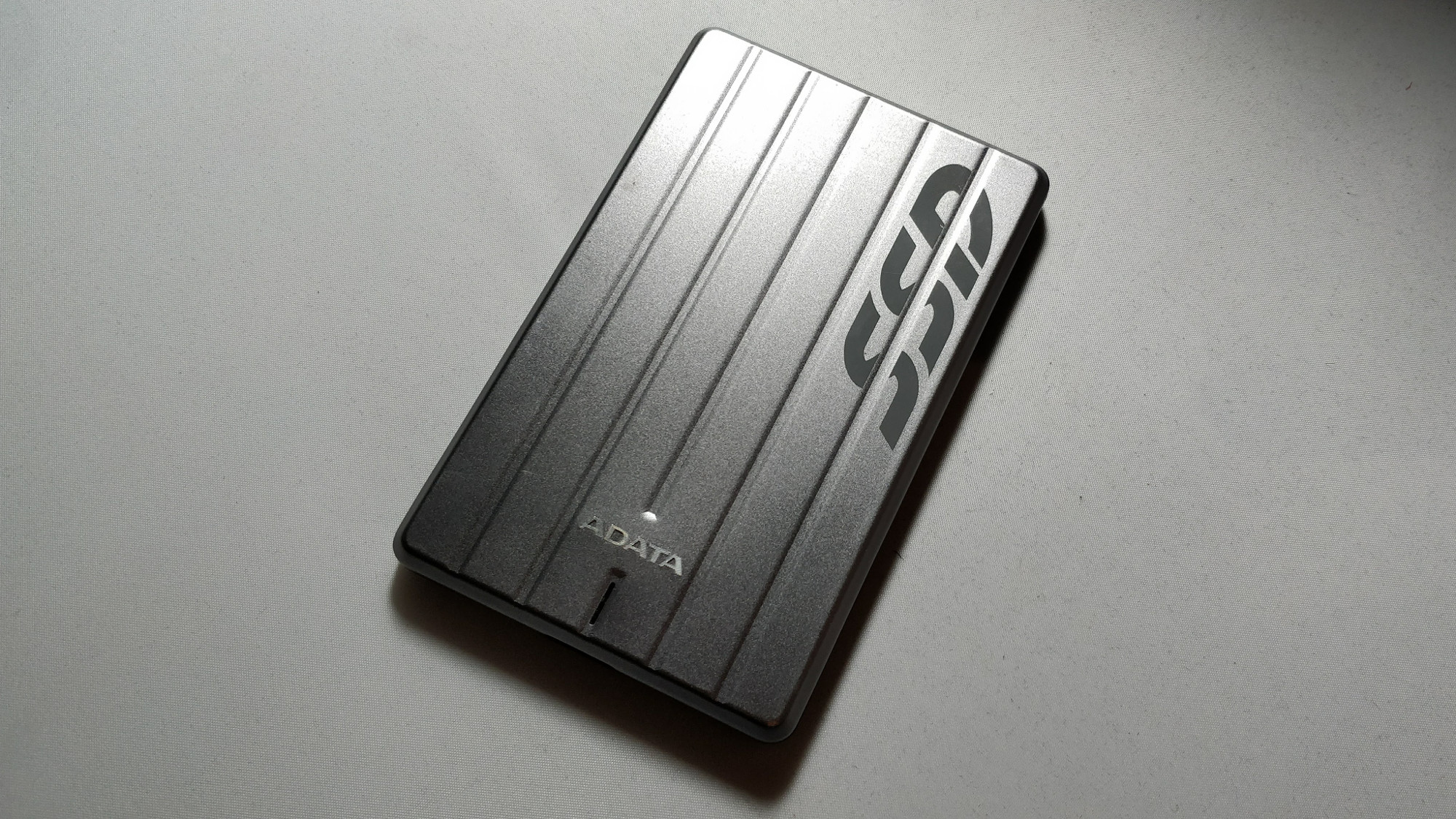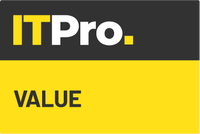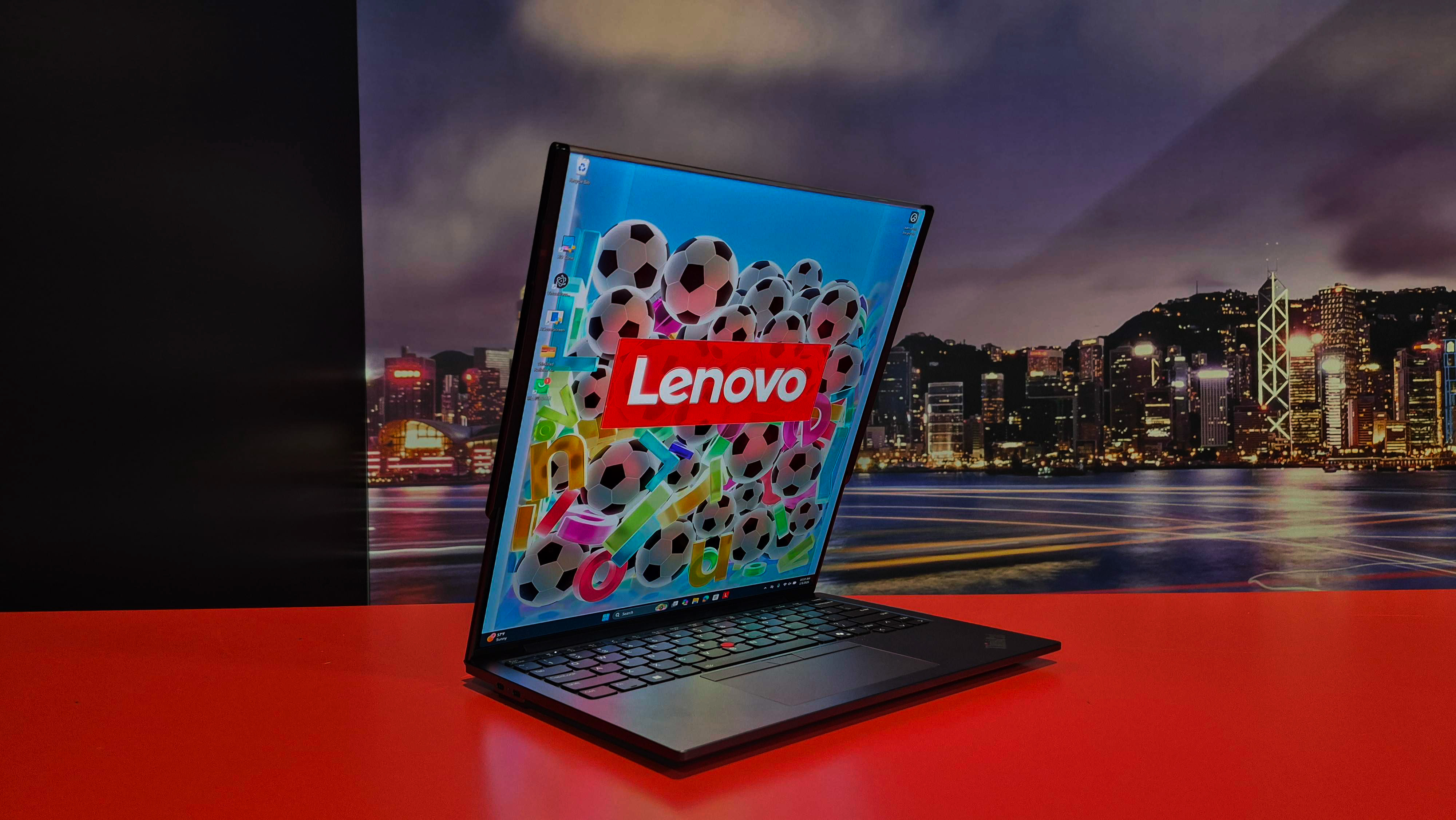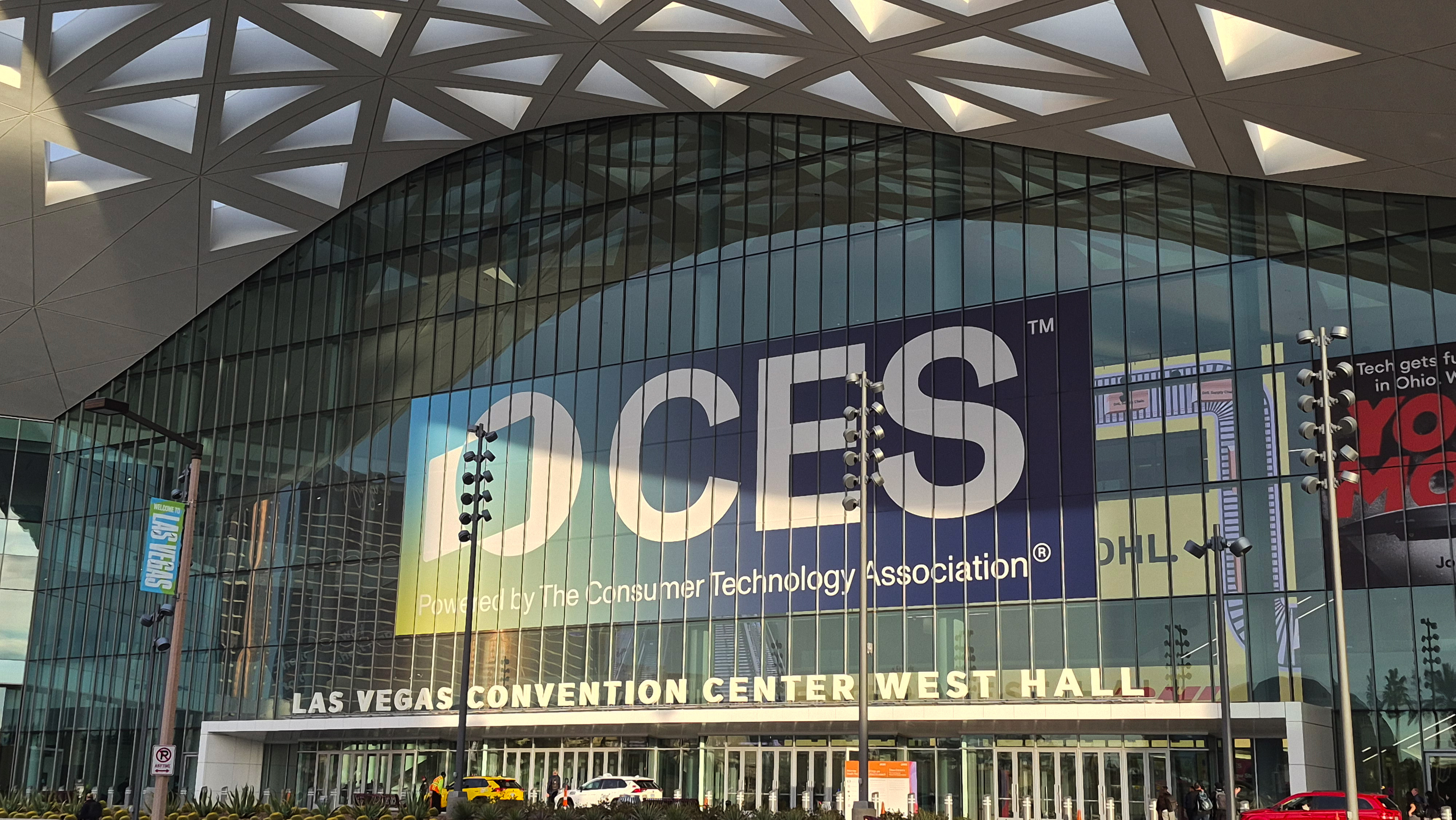Adata SC660H review
Lighter than its rivals and a fraction of the price of other 3D-NAND equipped drives, Adata offers incredible value for money


One of the lightest drives we’ve seen in this form factor, but with so many memory sticks of the same capacity now, the performance offered doesn’t justify carrying a full sized device. That said, if you want to, you can do far worse than this one.
-
+
Extremely light
-
-
Feels a bit cheap; USB-B s/f interface
Adata has been around since the turn of the millennium, but in the last couple of years has begun making in-roads to the UK market. What's quite noticeable about this offering is that it's incredibly lightweight.
With 3D-NAND, the conventions of traditional form factors cease to apply and whilst many manufacturers weigh down their devices in order to give some sense of continuity, this one, clocking in at just over 70g (about the weight of two bags of crisps) can disappear into an overnight bag without a second thought, and yet the build quality is very high. It's about half the weight of rivals.
The plastic base feels a little cheaper, but it is certainly strong enough to support its own weight, and dropping it from a height leaves no impact mark. The sandblasted metal top looks great.
But all of this is incidental without performance. Thankfully, 3D-NAND is far better at creating performance with lower power consumption. This device is capable of supporting USB 3.1, but uses a USB-B Superfast interface, which means you won't get the same benefits as a USB-C connection. It calls this "USB 3.1 Ready" but in reality, it's an almost meaningless option.
What we actually get is a very impressive 409.1MB/sec sequential write speed. The read speed is much slower at 158.5MB/sec, far slower than the manufacturer's 430MB/sec claim, but we've tested the disk and it passed all the diagnostics, so we can only assume its our testing environment it doesn't like.
Random reads and writes are far more in the range we'd expect - 151.8MB/sec read using the Q8T8 test, down to 143.9MB/sec read using Q32T1.
The more exhausting but revealing Q1T1 shows 18.3MB/sec Read and 37.04MB/sec Write.All of which tells us what we really need to know - this is a great drive for your travel bag. Light, cool (it didn't get above 38 degrees during our tests, and that's way lower than we're used to) and though not super rugged, it will cope.
Sign up today and you will receive a free copy of our Future Focus 2025 report - the leading guidance on AI, cybersecurity and other IT challenges as per 700+ senior executives
The speeds aren't designed for transferring massive chunks of data on a regular basis, but for everyday use it's more than adequate and it'll play a 4K video without flinching.
As with most manufacturers, Adata offers its own software for back-up, but unusually, it also offers a facility to clone Windows to the drive and boot from there. While this is more suited to memory sticks, it's certainly a unique selling point.
It's essentially an "entry level travel solid state drive". Far faster and more robust than a spindle disk drive, but we can't help feeling that there are already 256GB flash drives that will do the same job for similar money and a fraction of the size, so this category will likely be obsolete soon.
Verdict
One of the lightest drives we’ve seen in this form factor, but with so many memory sticks of the same capacity now, the performance offered doesn’t justify carrying a full sized device. That said, if you want to, you can do far worse than this one.
256GB, 512GB
Weight: 73g
Thickness:9.6mm
Size: 2.5in form factor
Materials: Metal top, plastic Base
Interface: USB 3.1 gen 1
Warranty: 3 years.
Chris Merriman has been writing about technology since the 1990s for a variety of titles including Computer Shopper, MSN, TechRadar, Tom’s Guide and The Inquirer, where he broke a number of major tech news stories that were picked up globally. He has appeared on BBC, Sky News and Al Jazeera and was the resident tech expert at TalkRadio for a number of years. In between times, he has also been a consultant for several major tech firms.
Chris is fascinated by automation and the internet of things, as well as the evolution of the ways we communicate in the digital era. He's also a frequent contributor to ITPro's software guides, including Windows operating systems. Other specialisms include storage, peripherals, and web apps, and any gadget he’s allowed to take apart and fiddle with, preferably after throwing away the box, manual and receipt.
-
 Motorola's new premium smartphone is a melting pot of camera innovation
Motorola's new premium smartphone is a melting pot of camera innovationNews The Signature has been built in collaboration with Sony, Qualcomm, and Instagram, and has four 50MP camera lenses
By Bobby Hellard Published
-
 Lenovo reveals slick rollable screen concept and a voice-controlled ThinkBook at CES 2026
Lenovo reveals slick rollable screen concept and a voice-controlled ThinkBook at CES 2026News The ThinkPad XD is impressive, but the ThinkBook Gen 7 Auto Twist will have us knocking our laptops open
By Bobby Hellard Published
-
 CES 2026: All the live updates as they happen from day one
CES 2026: All the live updates as they happen from day oneITPro is on the ground in Las Vegas for the tech extravaganza that is CES
By Bobby Hellard Last updated